It is a pity that we got to Curitiba at the very beginning of the journey. We would certainly appreciate the undeniable “European” nature of the city if we were more homesick. We just didn’t have the need to feel like on the Old Continent!
Curitiba is the capital of the Brazilian state of Paraná, with 2 million inhabitants. Unlike Rio de Janeiro or São Paulo, the city’s population is made up of the descendants of European immigrants - mainly Germans, Italians, Poles and Ukrainians.
It will sound bad, but… it’s definitely visible. It’s not just about the skin color. The city seems to be decorated in a European way. Historic tenement houses, symmetrical alleys and general order have created a picture that is far from the joyous chaos that we have encountered in Brazil so far.
Every cloud has a silver lining - the background of our stay in Curitiba
Imagine that you are getting to a city, going to a prevoiusly booked hostel, but the owner is nowhere to be seen. That sounds frustrating. And it was frustrating. When we finally contacted her, we heard that the rooms were flooded at night (in fact, it has been raining for a long time) and they cannot accept guests. Despite being a bit angry, and at the same time uncertain about our further fate, we decided to go sightseeing anyway.
While walking around the old town, we came up with a brilliant idea: if there are Polish immigrants here, there is probably also a Polish parish. We decided to find it and ask if the priest will let us spend the night, because we have an emergency.
That’s how we got to the church of St. Stanislaus. Only when we got there, it turned out that at present the Polish-speaking priest visits the place only once a month. However, the Brazilian parishioners were extremely helpful! Several people became interested in our situation, and eventually Clara invited us to stay at her home.
We spent a wonderful time with her and her family. We stayed for two nights instead of one, because our host-mom Patricia did not want to let us out during the evening downpour. Guys, if you are reading this – thank you for all your kindness, company and tapioca pancakes!
This adventure is what we’ll remember the most from Curitiba, but we also had time to explore the city.
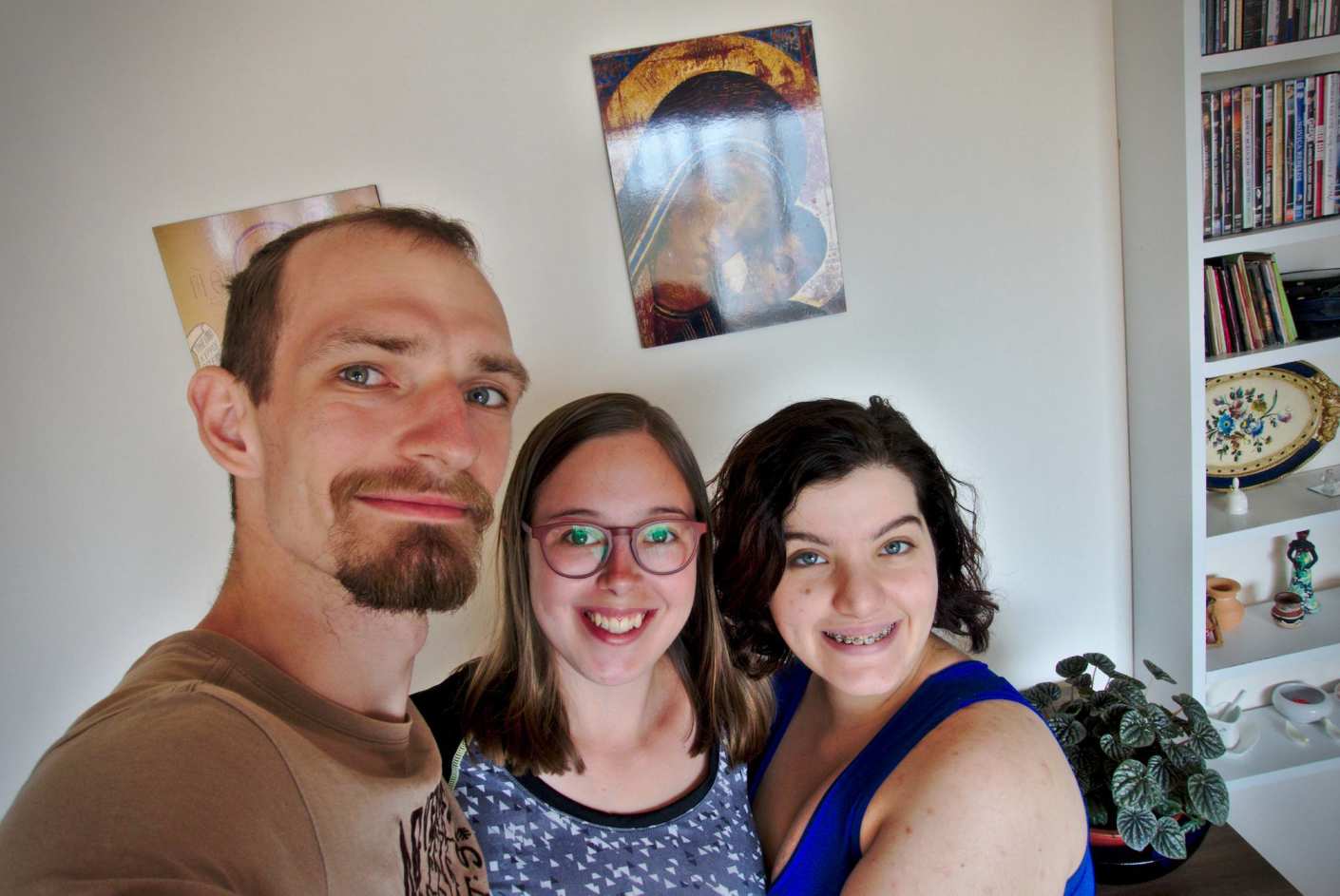
Interesting places in Curitiba
Historic center
As we mentioned at the beginning, it is very European here. Everywhere you look, you can see historic tenements and churches, of which the stately cathedral is of course the most impressive. The main artery is Rua XV de Novembro, largely closed to car traffic.
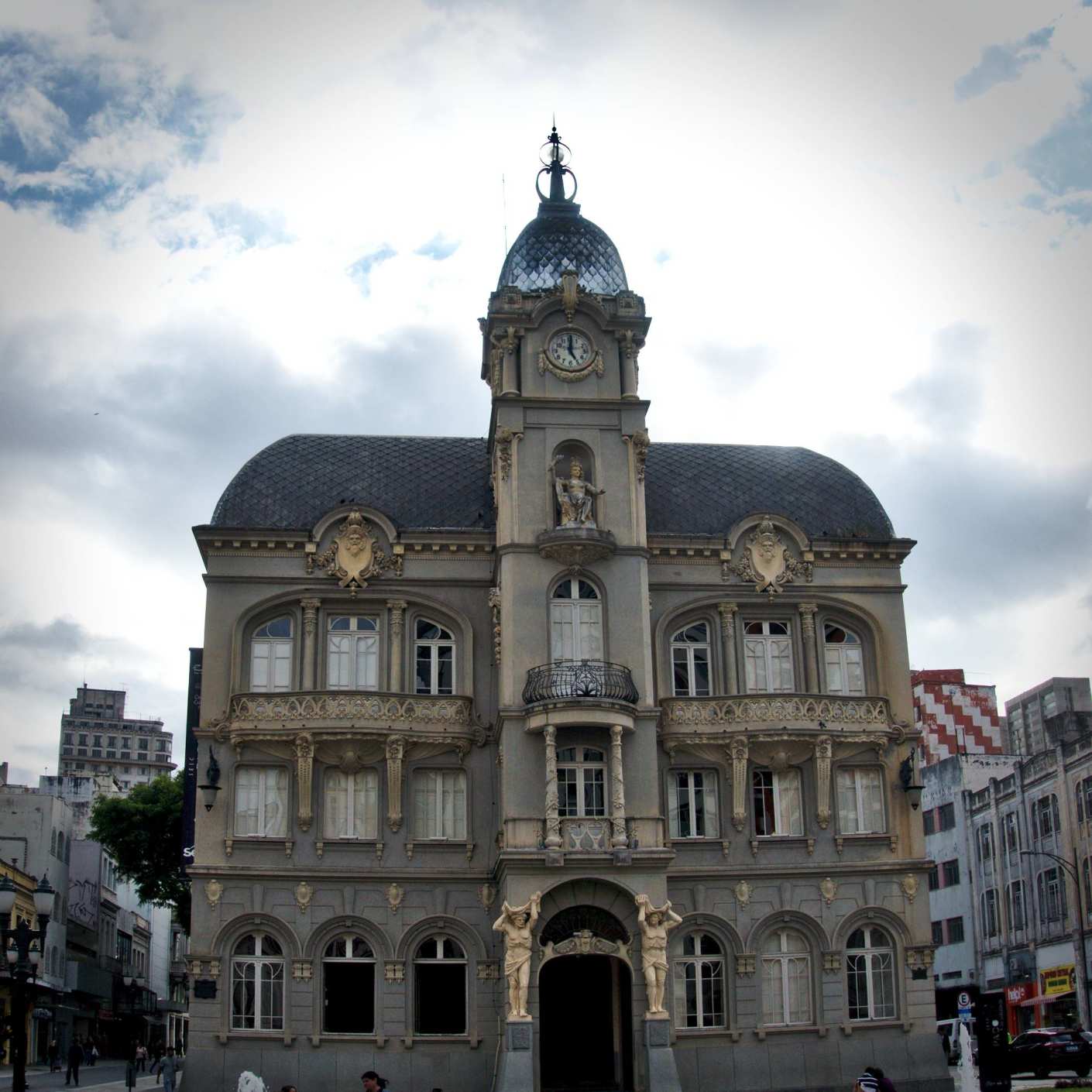
Botanic Garden
The fancy greenhouse located here can easily be considered a symbol of the city. It is worth going inside not only because of the richness of plants, but also because of the great view of the Curitiba panorama. In our opinion, the rest of the garden does not differ much from an ordinary park, but we are far from botanists, so we probably could not properly appreciate the specimens encountered. Admission is free.
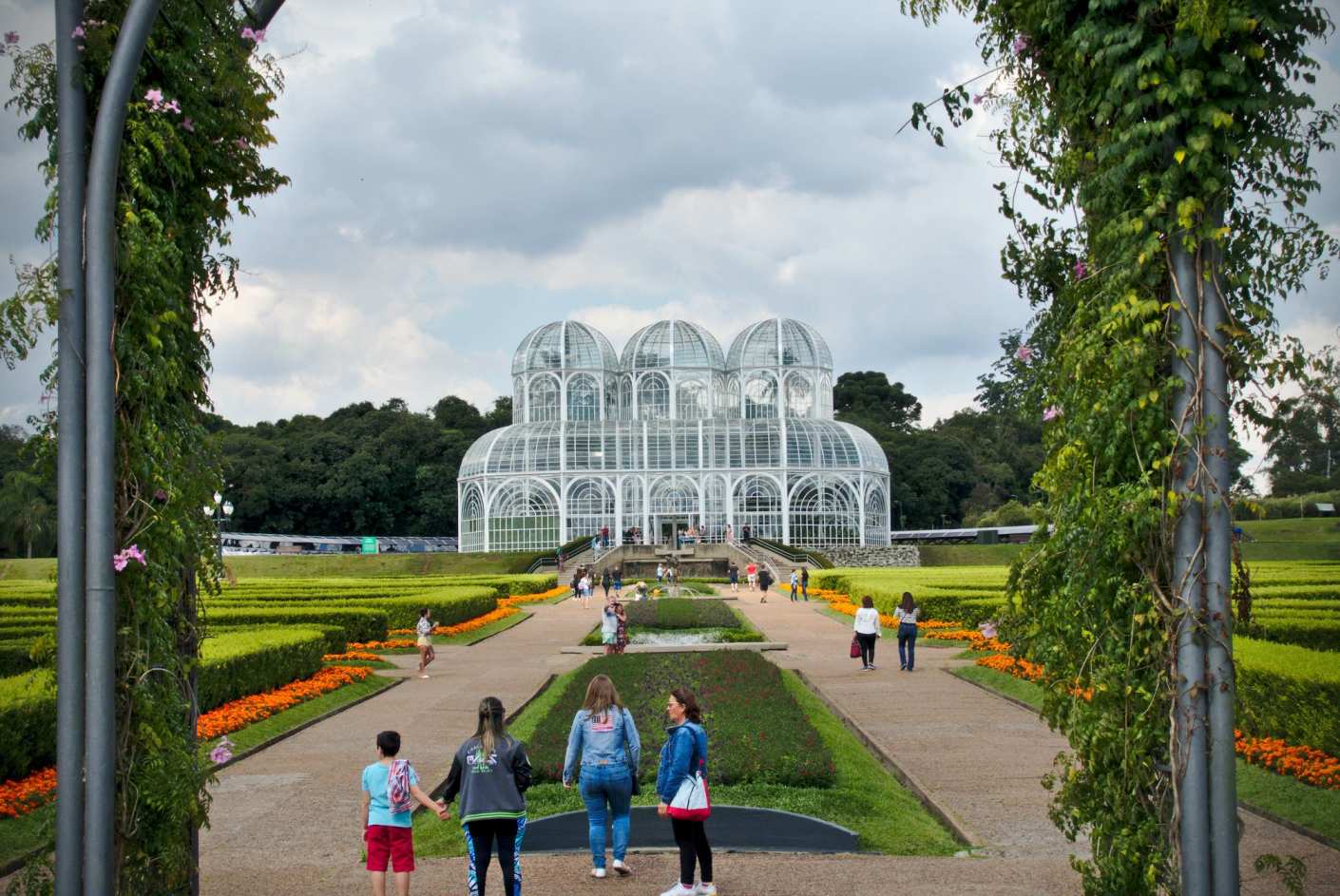
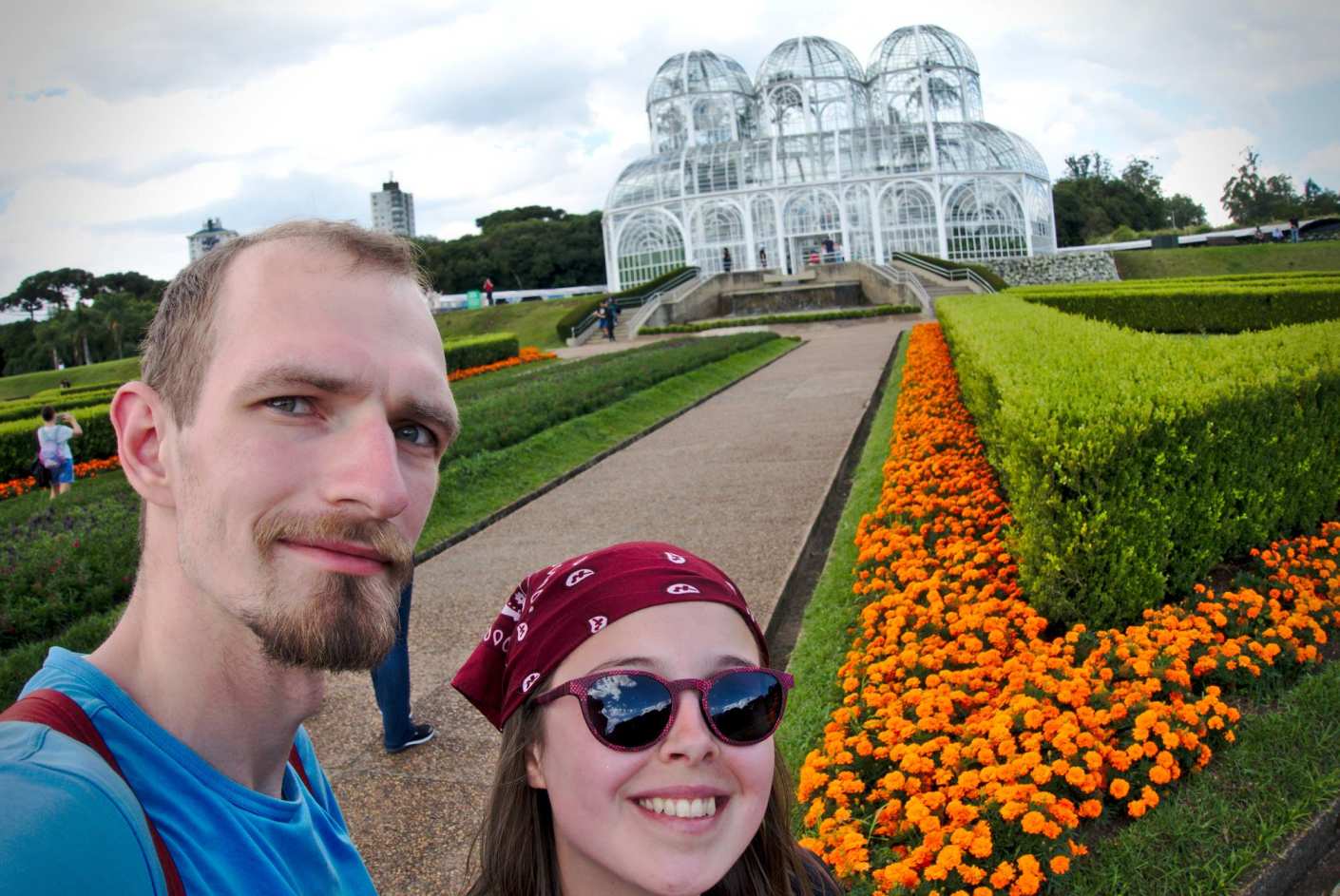
Oscar Niemeyer Museum
We have already seen several works of the most famous Brazilian architect, namely Oscar Niemeyer, and all of them made a huge impression on us. The museum is also located in the building designed by him. One of the exhibitions was devoted to the work of Niemeyer, the other ones – to art in various forms. Normally the ticket costs 20 BRL, but you can visit for free every Wednesday.
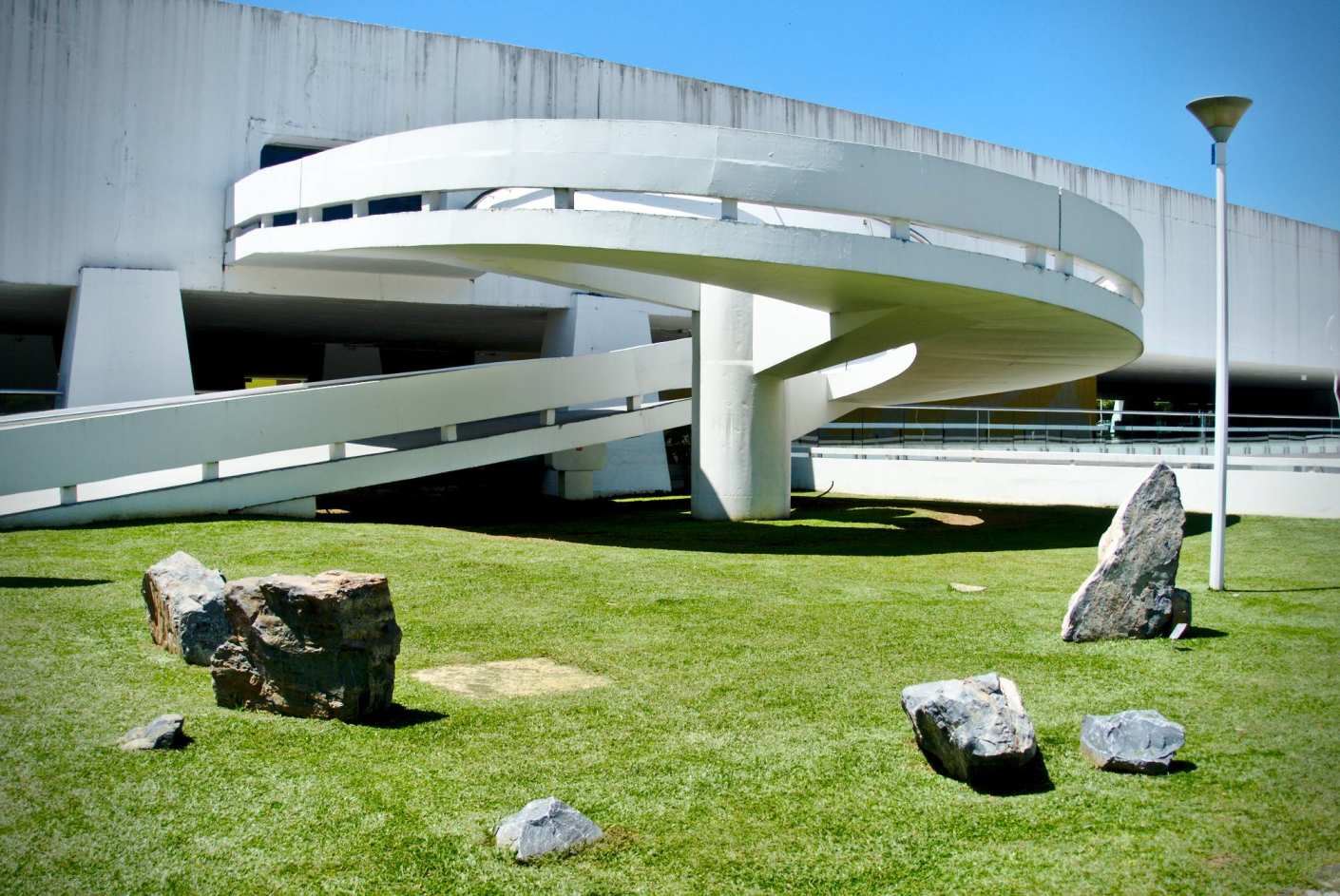
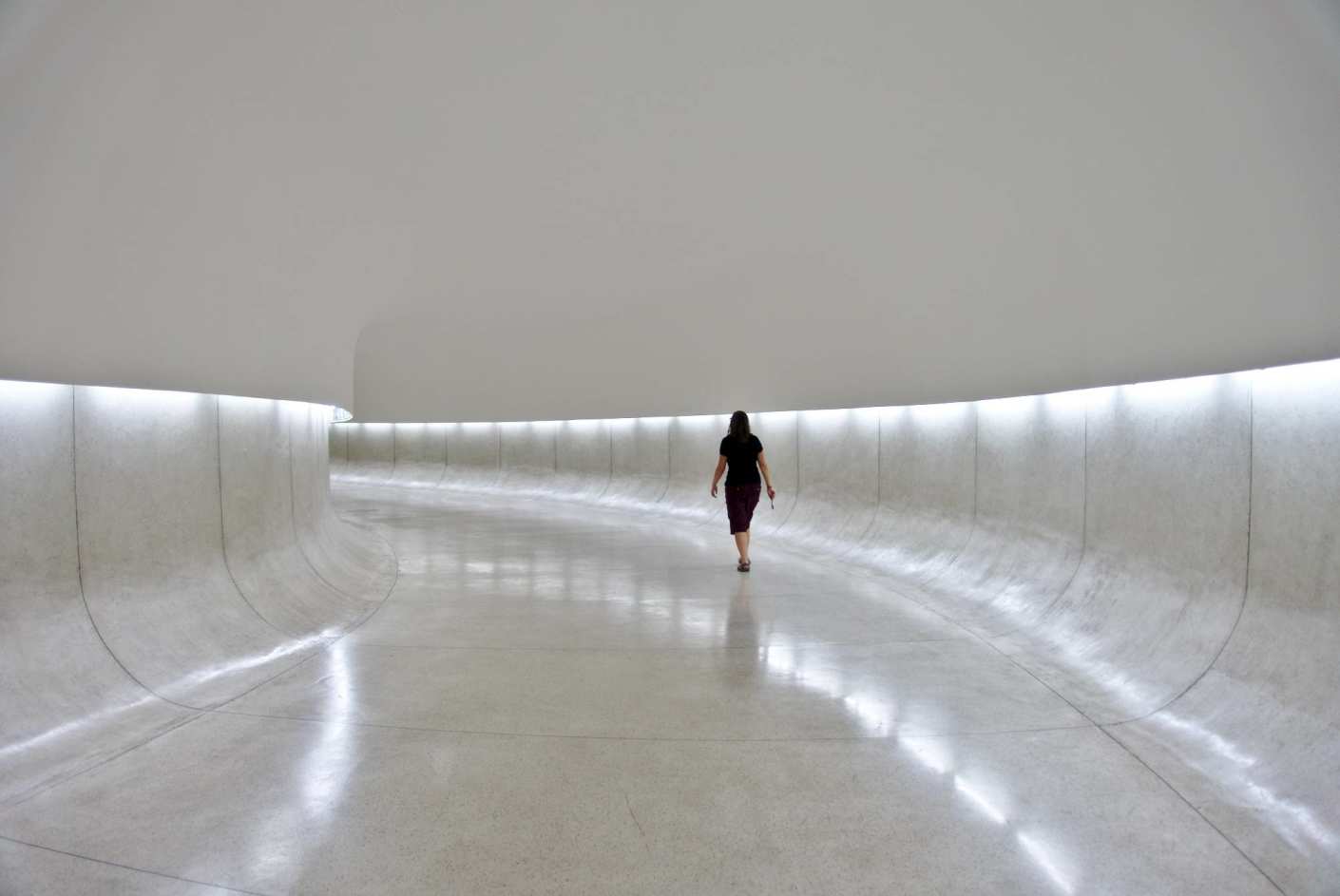
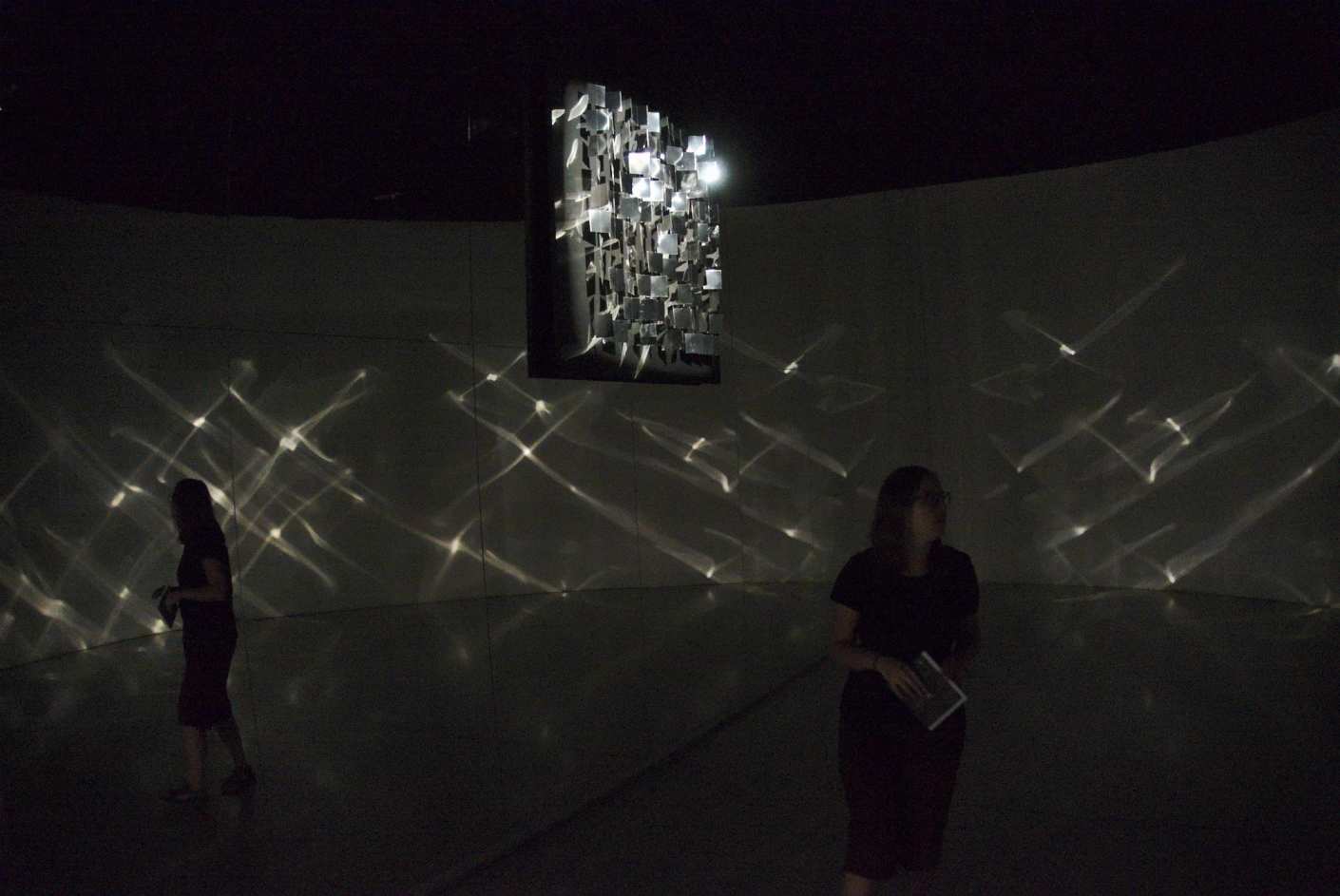
Park of John Paul II and the Polish open-air museum
Probably for every Pole it is a must-see on the tour of Curitiba. At the initiative of the Brazilian Polish community, a small open-air museum was founded there, imitating the first immigrant settlements. The cottages gathered some souvenirs and a disturbing ammount of kitsch. Apparently, they serve dumplings in a bar next to the park, but we have not been hungry for native flavors yet.
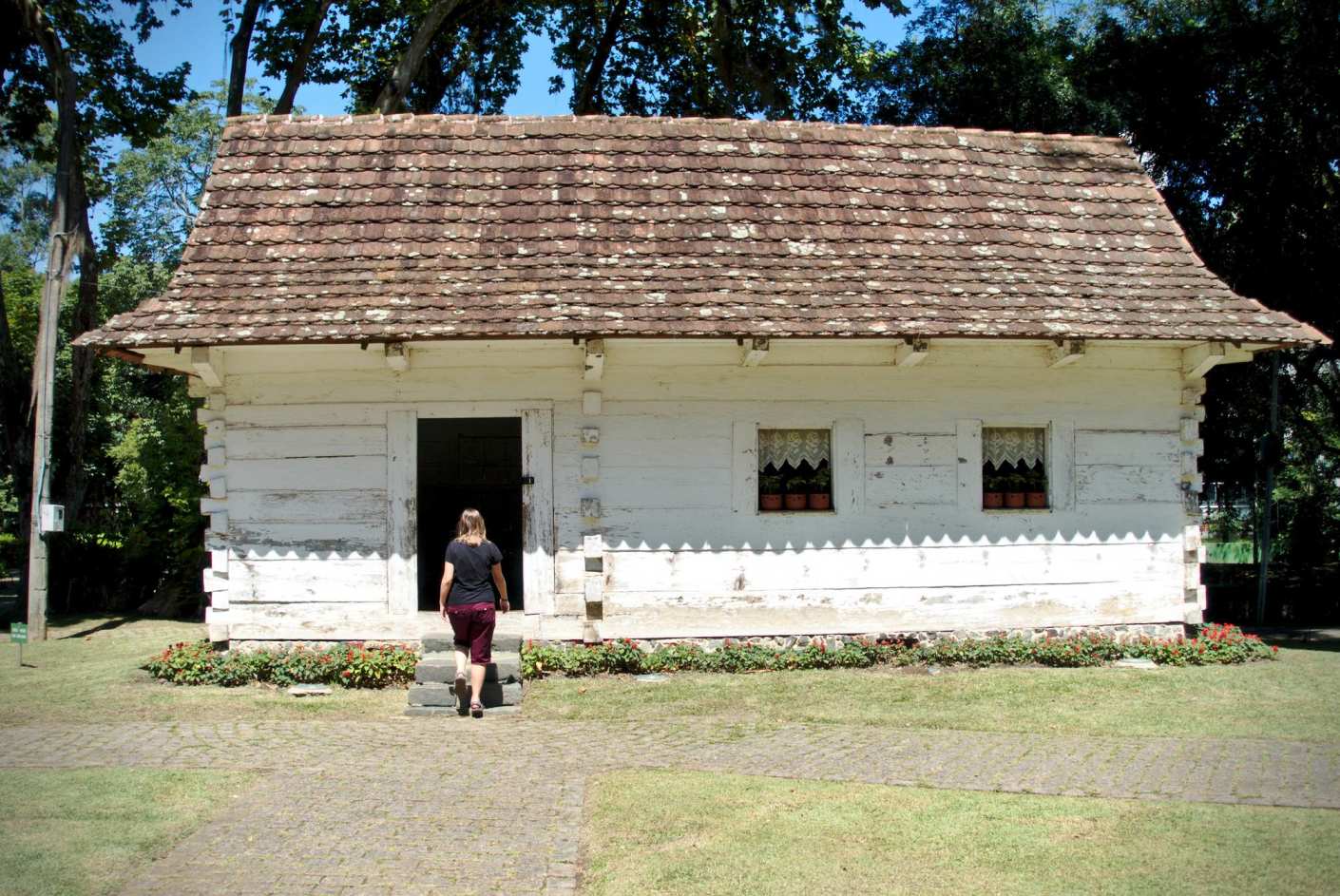
After Rio de Janeiro and São Paulo, Curitiba seemed calm, elegant, delightfully clean, very green. If someone visits Brazil in search of the exotic… he won’t find it here.
Practical information
- The public transport system is based on buses and was once considered incredibly innovative (it inspired, among others, the public transport systems of Buenos Aires and Las Vegas). Some lines run between special tubo stops. The payment is made by going through the gate at the stop, and then you can change busses as in the subway. Unfortunately not between every line, so it’s always better to ask.
- The cost of a bus ride is 4.5 BRL. There is also a tourist line that stops at the main attractions (50 BRL for 24h)
- The interesting places described above are unfortunately far apart (apart from the Polish heritage park, right next to the Niemeyer Museum). Moving between them on foot is rather not an option.
All prices as of February 2020.
View gallery
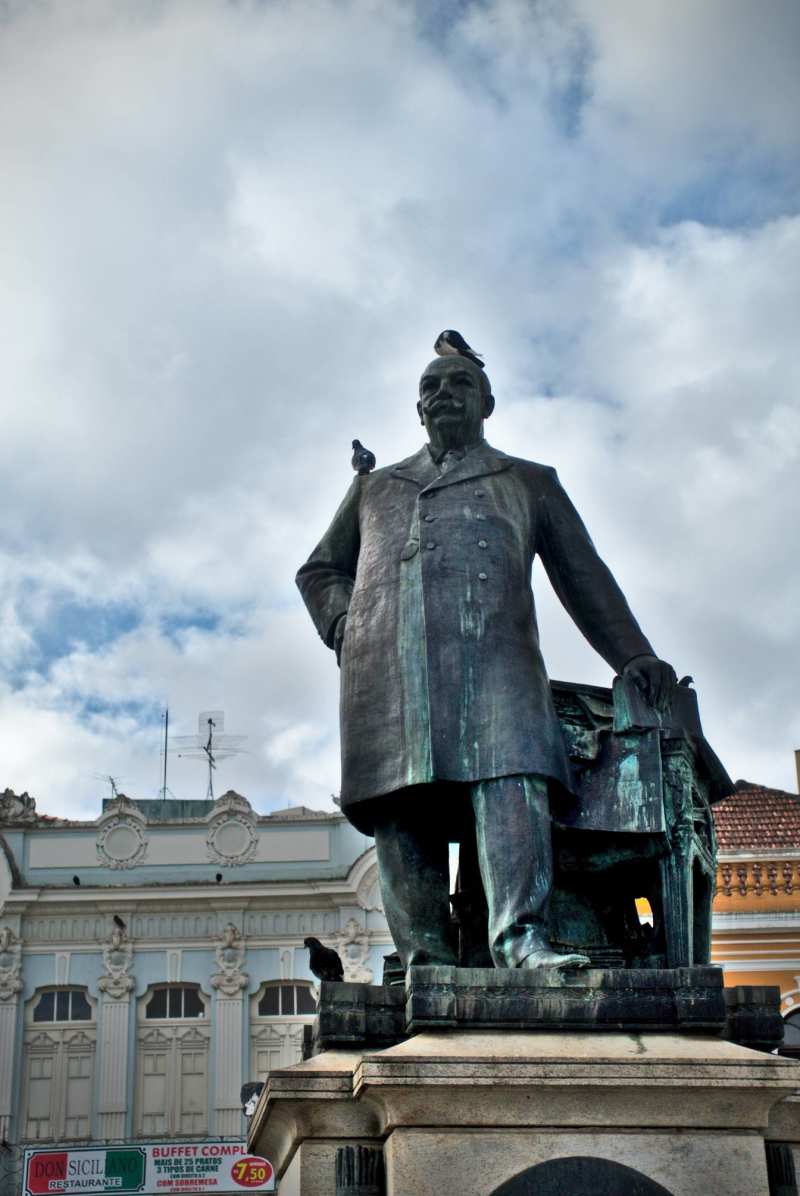

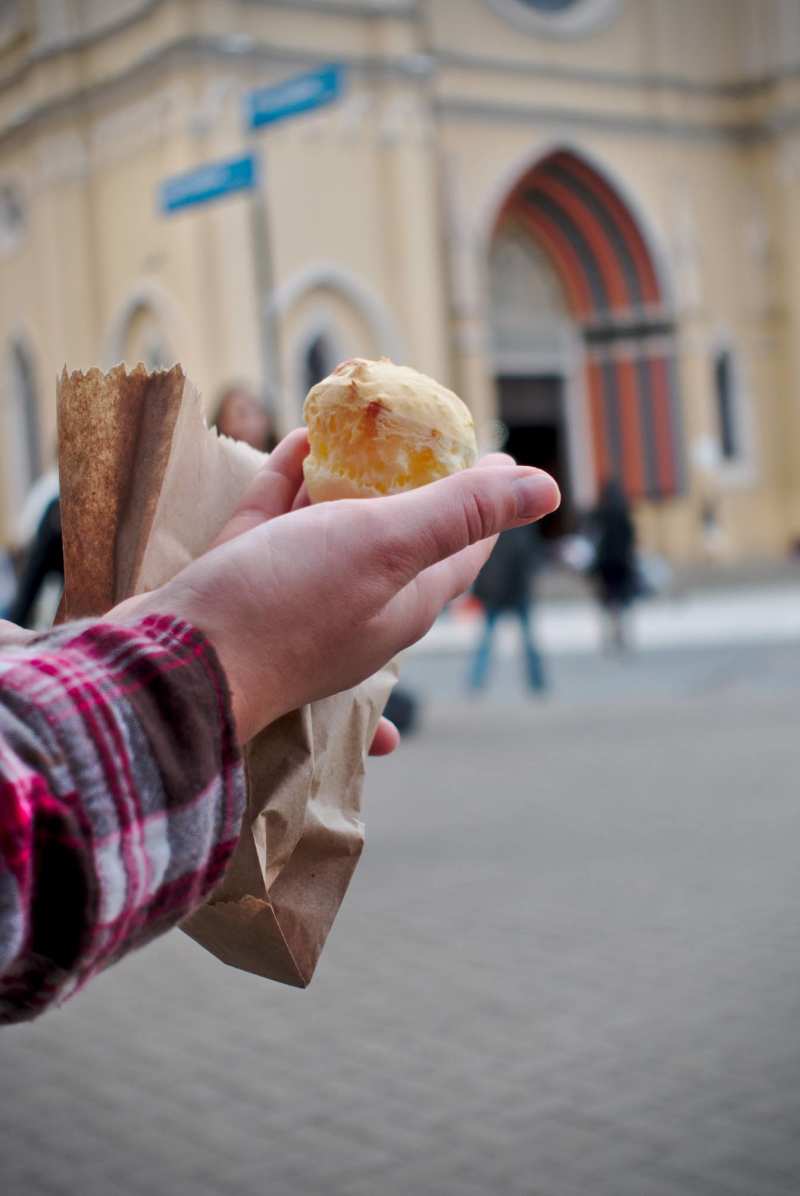
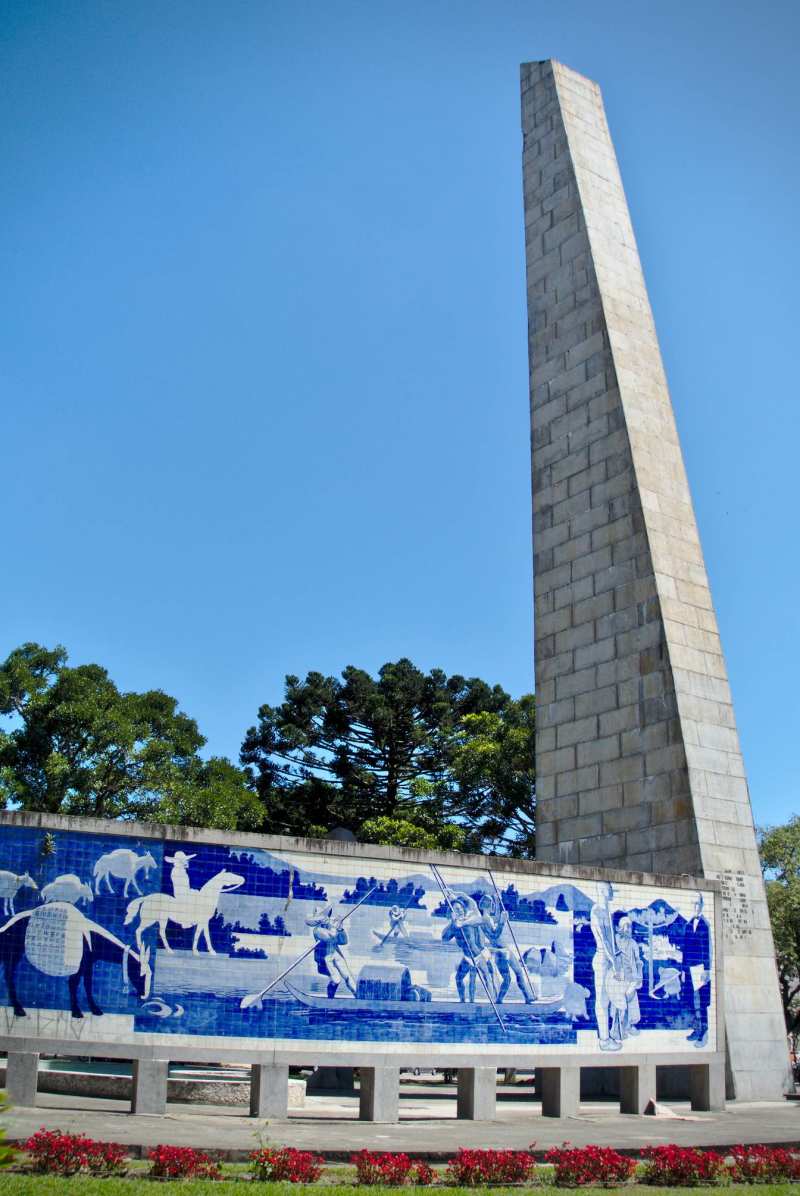
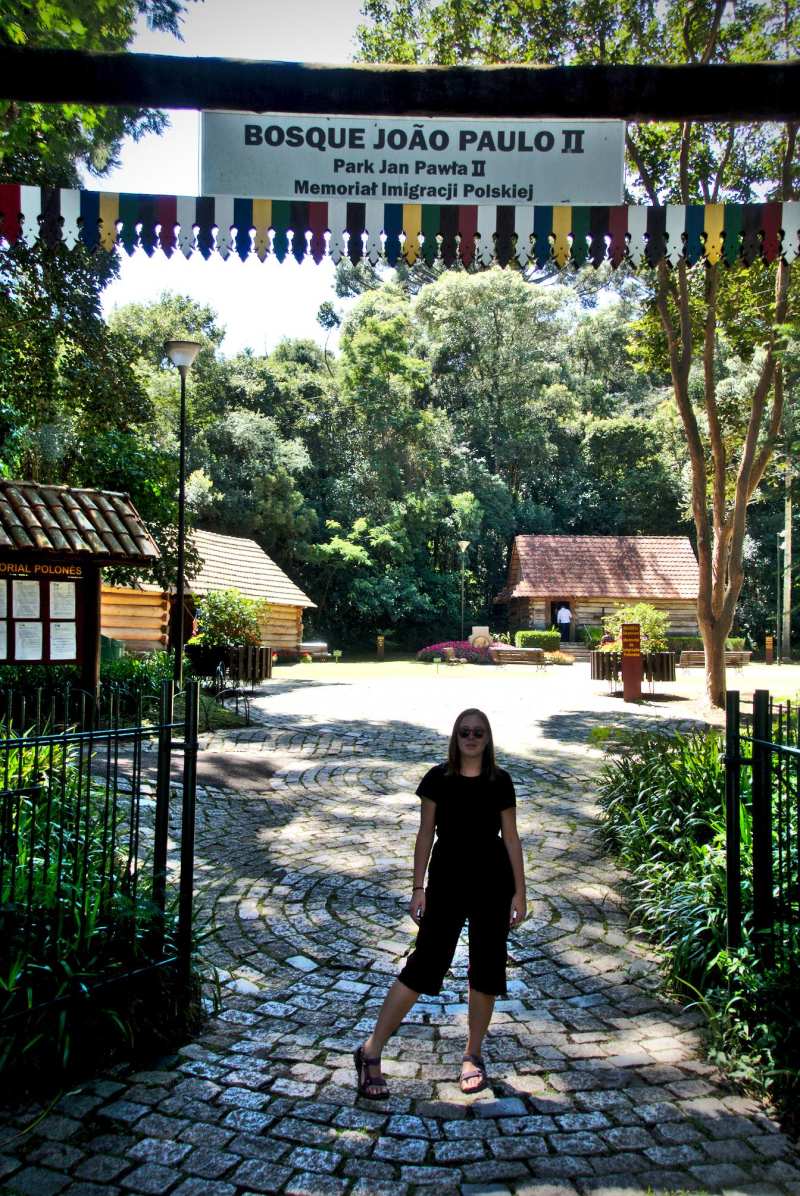


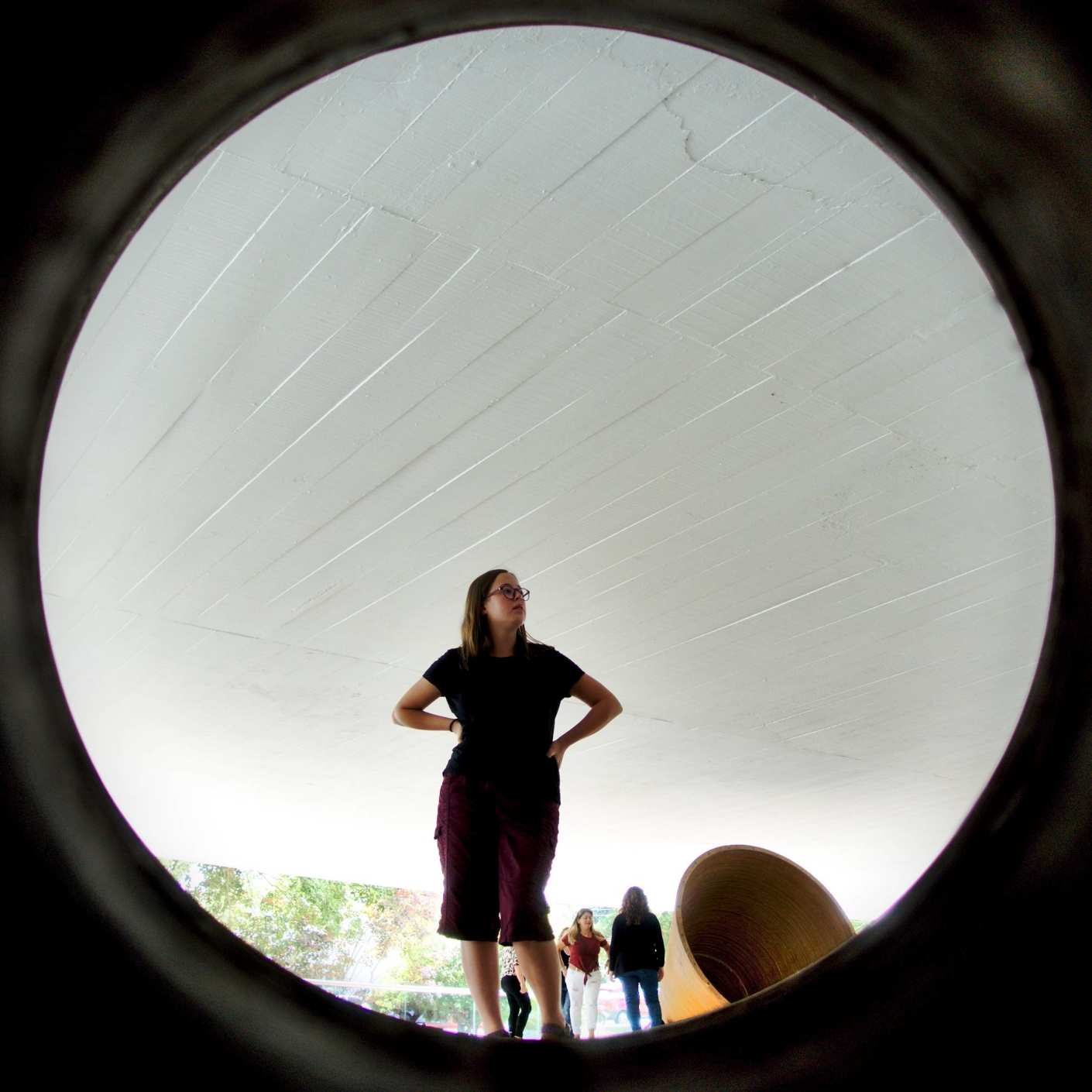
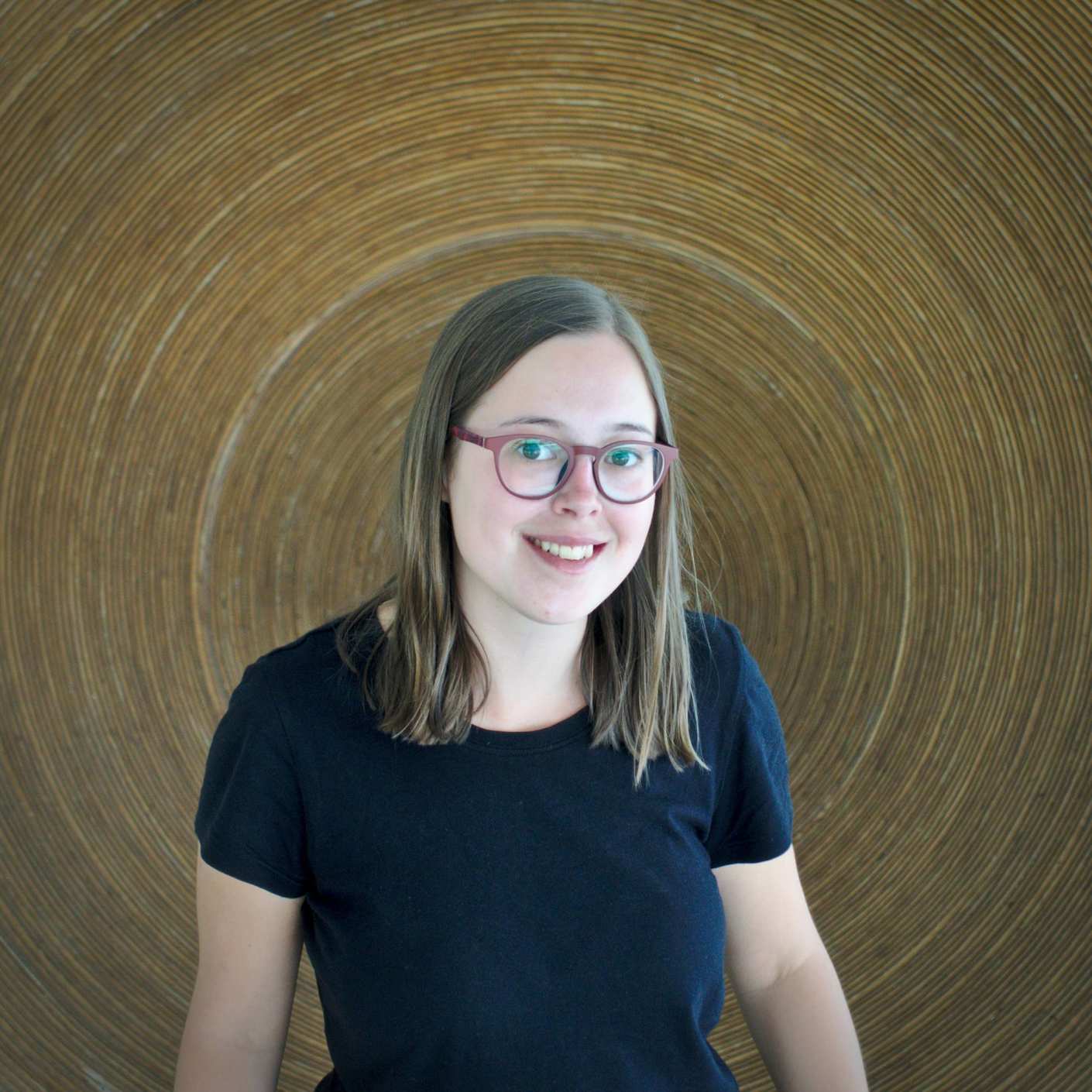

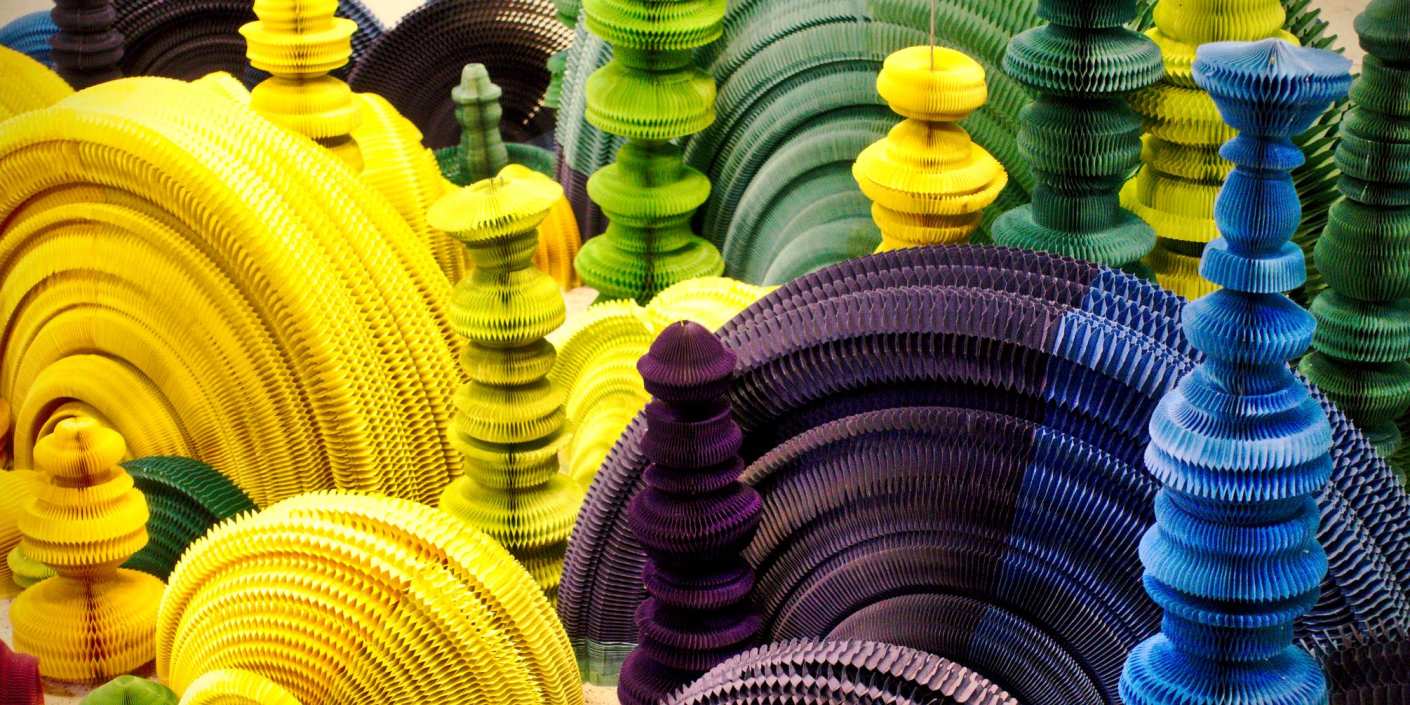
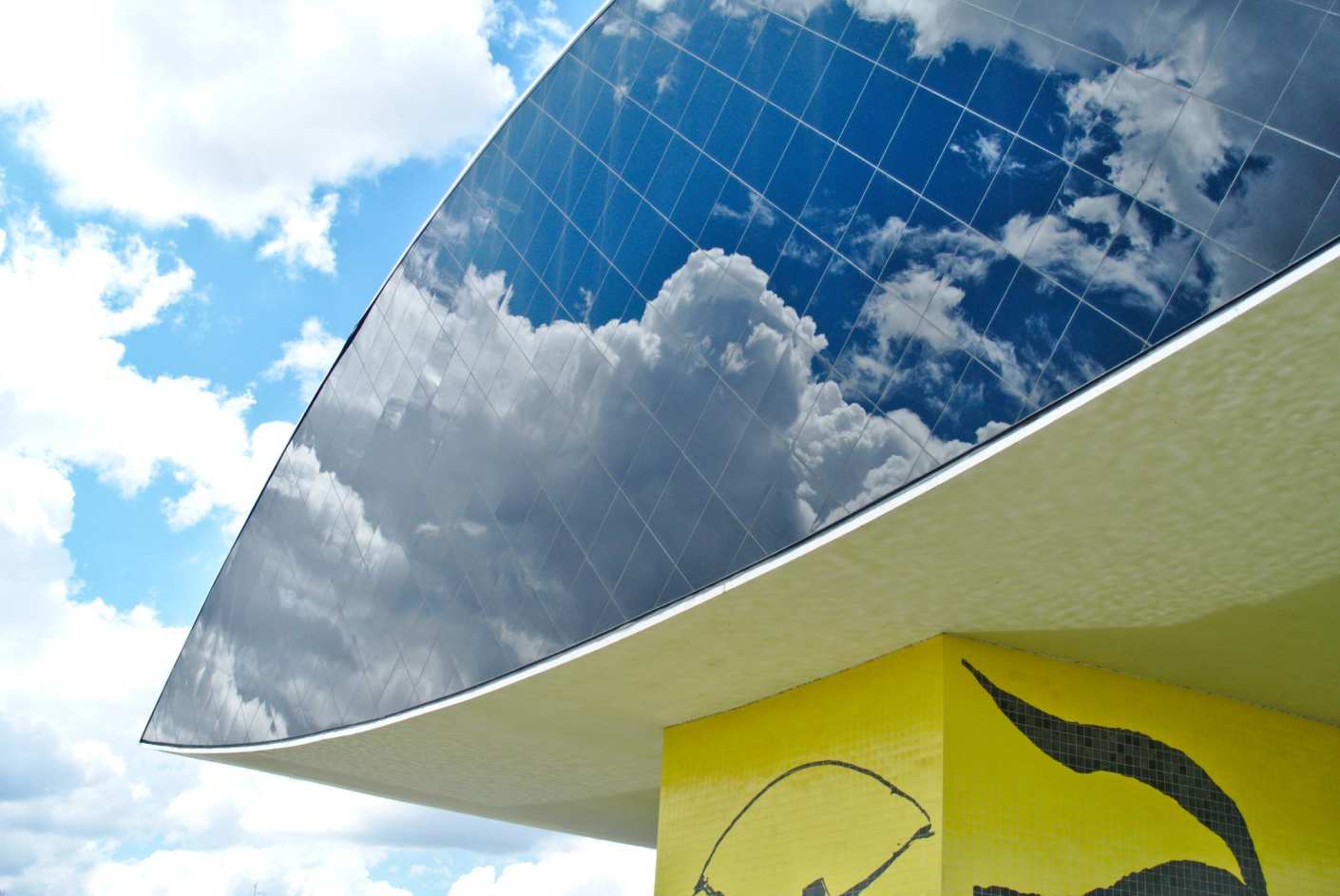
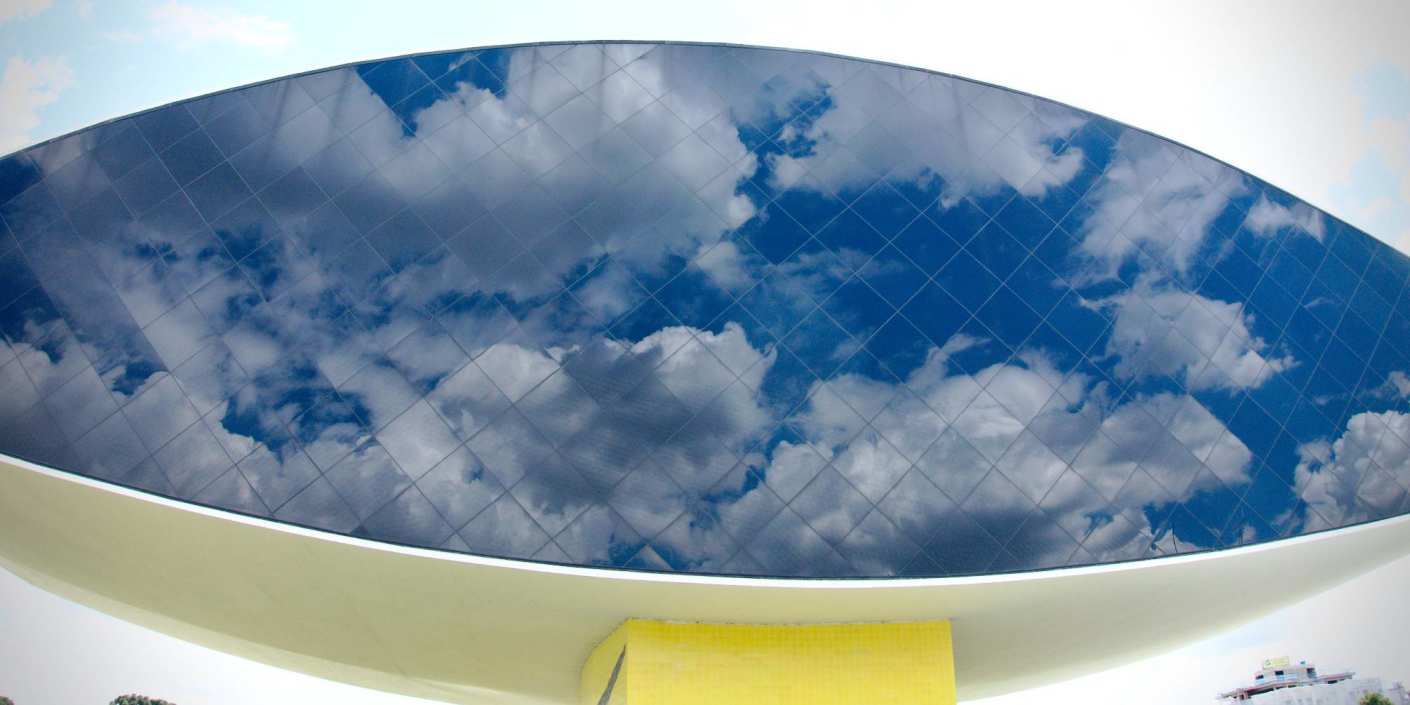

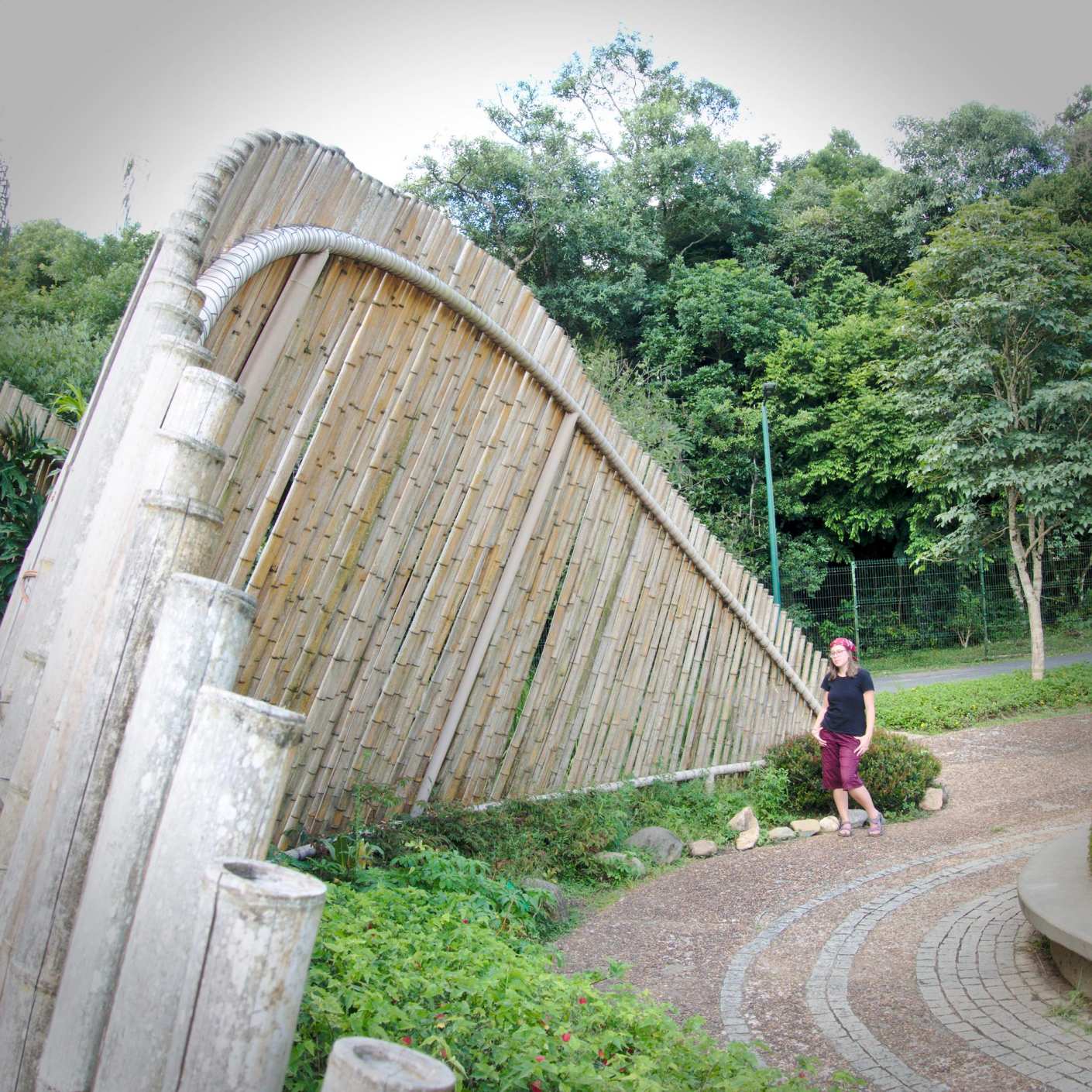
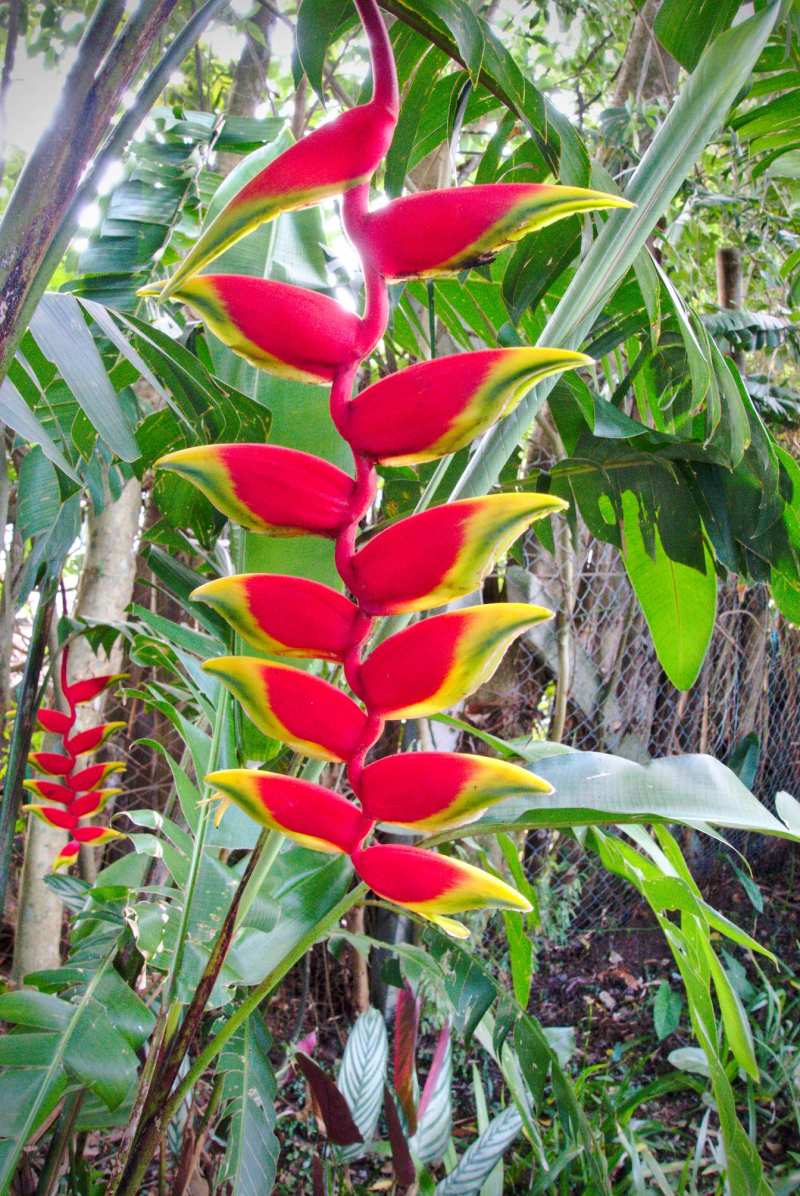
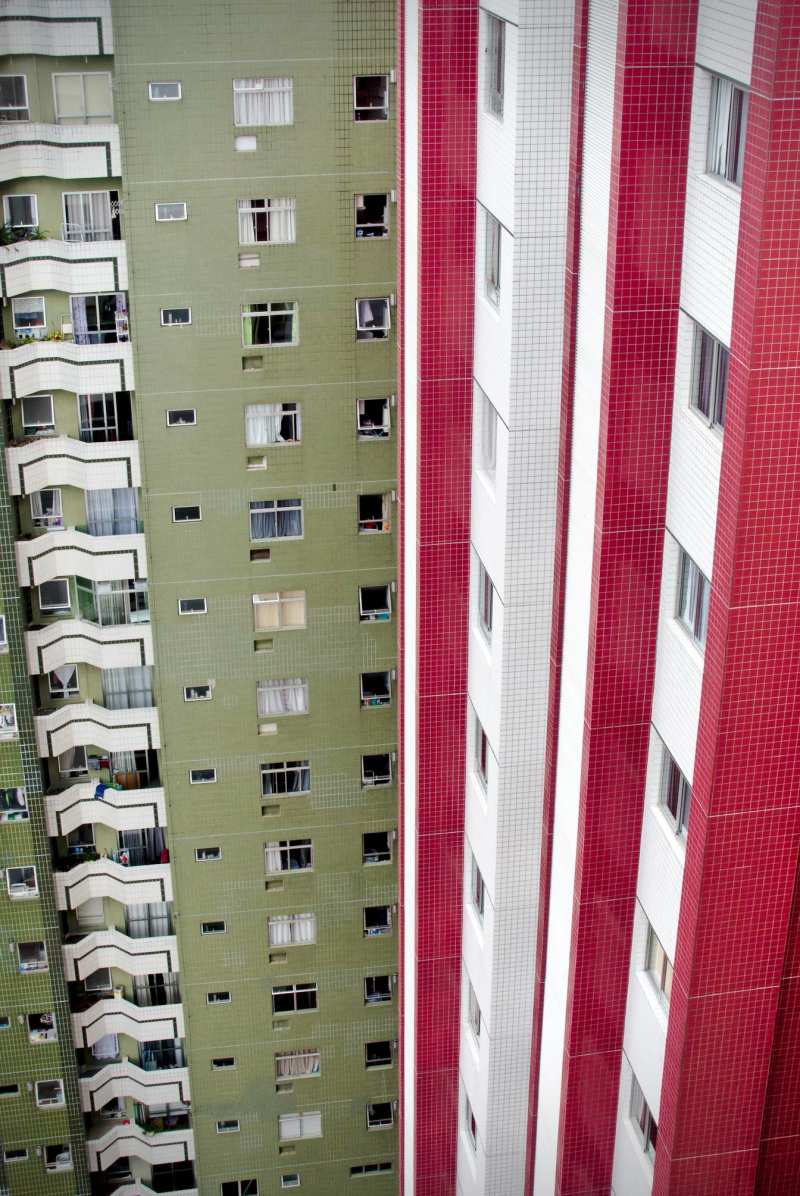

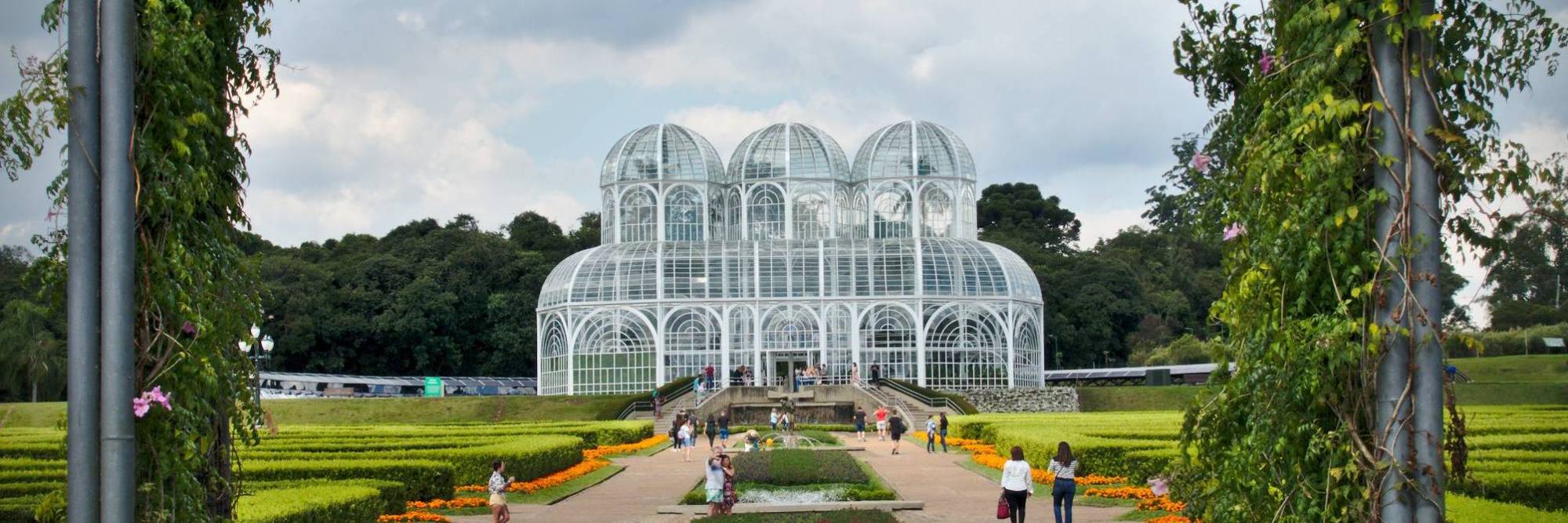
Zuza
A może jakieś podpisy do zdjęć w galerii? Bardzo prosimy!!! ;)
Maciej | http://www.nowherenear.blog
Jak się wyrobimy, to wkrótce się pojawią :)